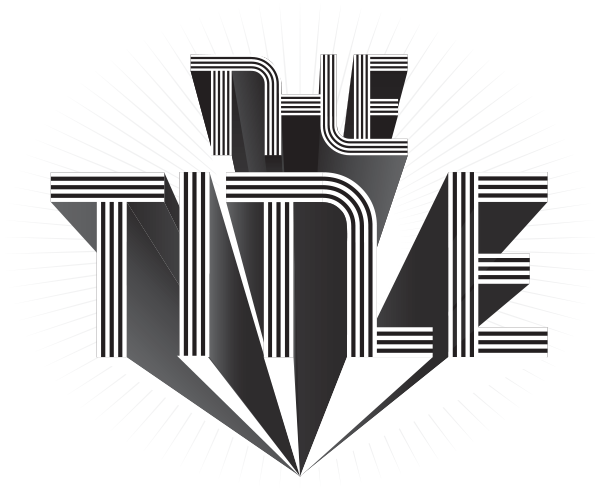What's In A Title? 5 Ways To Help Your Heading Stand Out.
In a bustling world where everyone is trying to be seen and heard, how on earth do you get people to stop, and read what you write? Awesome content and some enticing images will make a difference, but did you know the that the most important part of writing an article or blog post, is its title? The title is what will either capture your audience’s attention or encourage them to move on.
All too often titles and headings are the most neglected parts in the writing process. Many of us regard the title as the cherry on top, when in actual fact it is the other way around, your article should be the cherry on top, and the heading, well that needs to be the delicious Sundae!
center>
Here are a few tips that will help you to rustle up some fetching headlines and hopefully you will be able to draw some inspiration from them.
1. Use emotional adjectives that your readers can relate to.
As humans, our emotions are our weakness and they can very easily be played on. Reach the emotions of your audiences by including emotional adjectives into your title, examples of such adjectives include words like: fun, painstaking, strange, bone-chilling, essential, ambitious, petrifying.
Get the gist of it?
2. Give a good indication of what your reader should expect.
That is, will you be telling them a story, giving them advice or perhaps you are seeking opinions. Indicative words like: tips, ways, advice, reasons, instructions, opinion and so on are examples of words that you can include in your titles to give your audiences an idea of what to expect, and what will be in it for them.
3. Use trigger words.
Trigger words are words that persuade or enable someone. Words like why, how and when, are examples of good trigger words.
4. Promise that you are offering valuable content.
This bit of reassurance will encourage your reader to feel confident that they are not wasting their time in reading your article, and that it will be of value to them. Use words or phrases that will assure them that they are where they need to be. Examples:
…7 reasons why Coconut Oil is good for your health.
…Why it is essential that mothers take time to care for themselves.
5. Use a number in your heading if applicable.
Studies have shown that numbers in headings speak to people, that is, they notice the number in between the written words, and it draws them to read the rest of the wording, and hopefully the complete article!
The same principles above should be applied to blog posts, book chapters, web content and so on: The title needs to be well thought out and not a slap-dash addition to the writing process. You should begin and end every article with the question: “Would this make me want to read on?”
